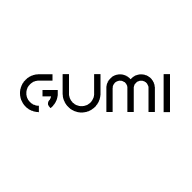Audio Presented by

An Innovation Factory for; Products x Digital Transformation x People
About Author
An Innovation Factory for; Products x Digital Transformation x People

An Innovation Factory for; Products x Digital Transformation x People
An Innovation Factory for; Products x Digital Transformation x People